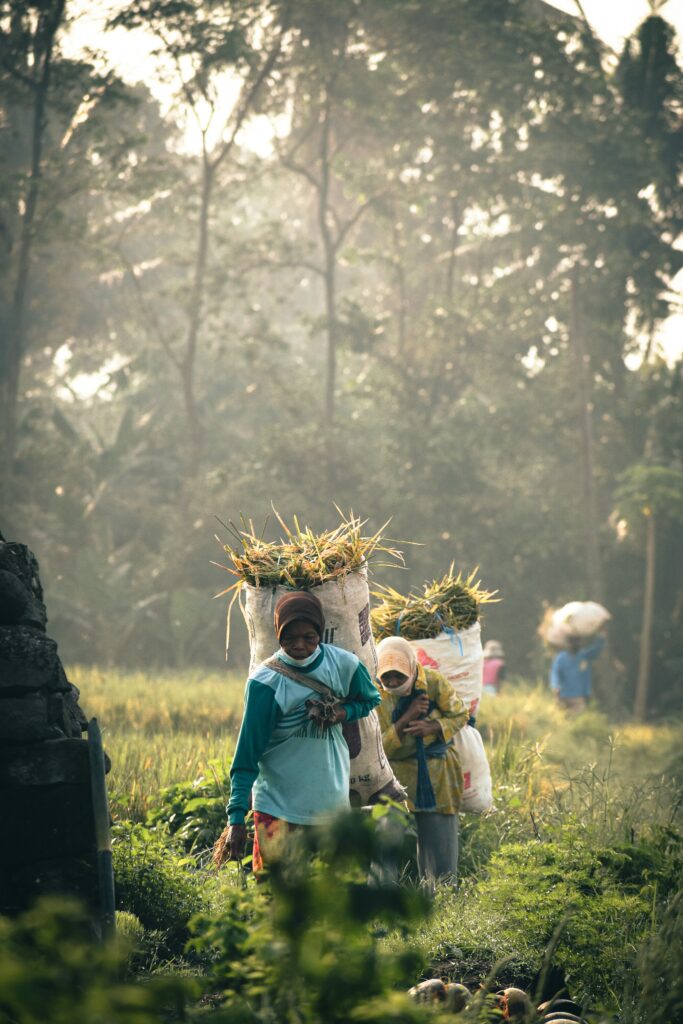India’s textile sector is one of the oldest industries in the country, providing employment to millions and contributing significantly to exports. However, fragmentation, outdated infrastructure, and lack of scale have hindered its full potential. To address these gaps and position India as a global hub for textiles, the Government of India launched the PM MITRA Scheme (Mega Integrated Textile Region and Apparel) in 2021.
The scheme aims to create world-class textile parks that bring the entire value chain under one roof — from spinning to garment production — and attract massive private and foreign investment. In 2025, the scheme stands as a game-changing initiative aligned with the Prime Minister’s vision of ‘5F’—Farm to Fibre to Factory to Fashion to Foreign.

Objectives of PM MITRA Scheme
The PM MITRA Scheme is a strategic initiative with the following key goals:
- To develop state-of-the-art integrated textile parks.
- To enhance global competitiveness of India’s textile sector.
- To attract private investment, both domestic and foreign.
- To create massive employment opportunities in rural and semi-urban areas.
- To increase exports by producing high-quality textiles at lower costs.
Key Features of the PM MITRA Scheme
- Integrated Value Chain
Each PM MITRA park will integrate the entire textile production process — including ginning, spinning, weaving, processing, dyeing, printing, and garment manufacturing — in one location. This removes logistical inefficiencies and saves costs. - Plug-and-Play Infrastructure
The parks will provide built-up factories, warehouses, common processing units, effluent treatment facilities, and worker housing — reducing time and cost to set up operations. - Strategic Location
Seven parks have been selected across Tamil Nadu, Telangana, Karnataka, Madhya Pradesh, Maharashtra, Gujarat, and Uttar Pradesh, ensuring proximity to raw materials and strong logistics connectivity. - Public-Private Partnership (PPP) Model
The scheme is being implemented through a PPP model where the central and state governments provide funding support while private players develop and operate units.
Financial Outlay
The total outlay of the scheme is ₹4,445 crore over a period of five years up to FY 2027. This includes:
- Development Capital Support (DCS) of ₹500 crore per park to assist with core infrastructure.
- Competitive Incentive Support (CIS) of ₹300 crore per park to encourage private participation.
- Budget support for administrative and support infrastructure, capacity building, and performance-linked assistance.
Current Status of PM MITRA Scheme (As of 2025)
As of 2025, substantial progress has been made:
- 7 PM MITRA parks have been sanctioned and MoUs signed with respective state governments.
- Land acquisition and master planning have been completed in 5 parks.
- Multiple global and domestic textile companies have shown investment interest, with proposals worth over ₹8,000 crore.
- Construction of common infrastructure like roads, water supply, and effluent treatment plants is underway.
- The first batch of manufacturing units is expected to be operational by late 2025 or early 2026.
Expected Benefits of PM MITRA Scheme
✅ Employment Generation
Each park is expected to create 1 lakh direct and 2 lakh indirect jobs, contributing significantly to rural employment.
✅ Export Boost
With better quality, economies of scale, and integrated value chains, India’s textile exports are expected to grow exponentially from $44 billion (2023–24) to over $100 billion by the end of the decade.
✅ Reduced Logistics Costs
By clustering all stages of production, PM MITRA parks reduce transportation time and costs, making Indian textiles more globally competitive.
✅ Sustainability Focus
Each park includes Zero Liquid Discharge (ZLD) compliant effluent treatment and a focus on green energy adoption, making the scheme environmentally sustainable.
✅ Skill Development
States are working with the Ministry of Skill Development to ensure training and upskilling of workers, enhancing productivity and innovation.
Challenges in Implementation
While the vision is bold, a few challenges persist:
- Land acquisition delays in a few states due to administrative bottlenecks.
- Ensuring uniform compliance standards across parks.
- Requirement of high capital investment from private players in early stages.
- Need for fast-track approvals and single-window clearance mechanisms to attract global investors.
The government is actively addressing these issues through inter-ministerial coordination and continuous dialogue with industry stakeholders.
Future Outlook
The PM MITRA Scheme is expected to transform India’s textile sector into a globally competitive, sustainable, and technology-driven industry. With the rising global preference for alternative supply chains beyond China, India stands to gain significantly if the parks deliver on their promise.
The government plans to eventually integrate PM MITRA parks with logistics corridors, textile testing labs, and design hubs, making them complete textile ecosystems. Further reforms in labour codes, customs procedures, and export facilitation are also being aligned with the scheme’s goals.
Conclusion
The PM MITRA Scheme is more than just an infrastructure initiative — it’s a vision to reinvent India’s textile story. By bringing together investment, innovation, and inclusiveness, it can elevate India to the status of a global textile powerhouse. With proper execution and active industry participation, PM MITRA can stitch together a future of prosperity, sustainability, and global competitiveness for Indian textiles.
Further Information
For official updates and guidelines, visit:
https://texmin.nic.in
Similar Schemes:
PM SVAMITVA; PM KUSUM; PM KRISHI Sinchai Scheme..and Other Schemes


